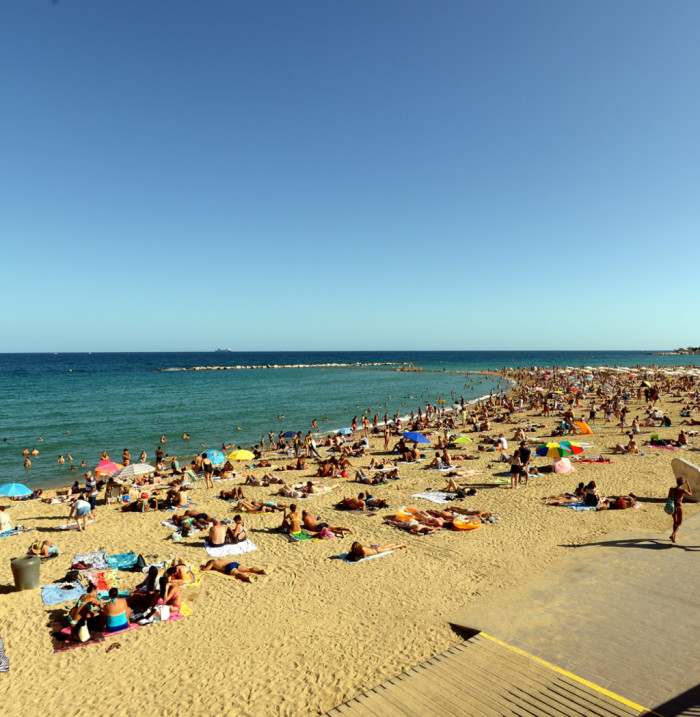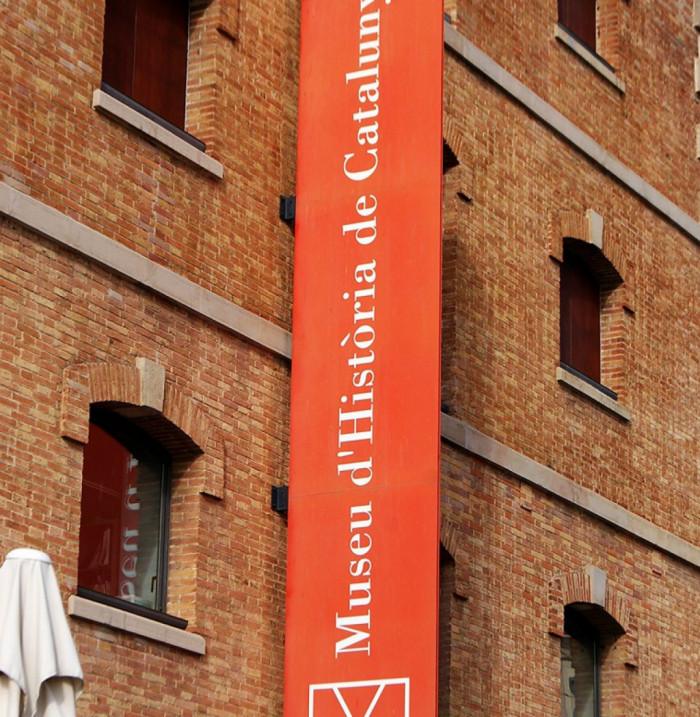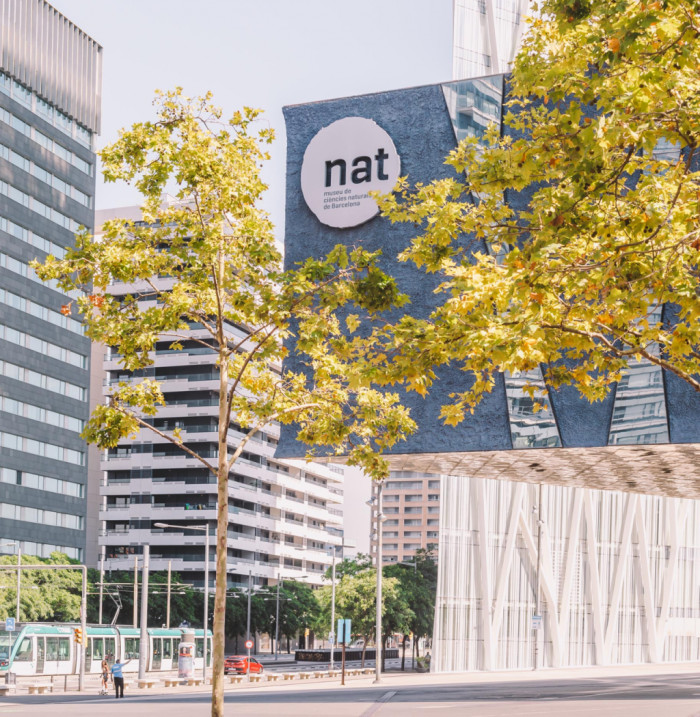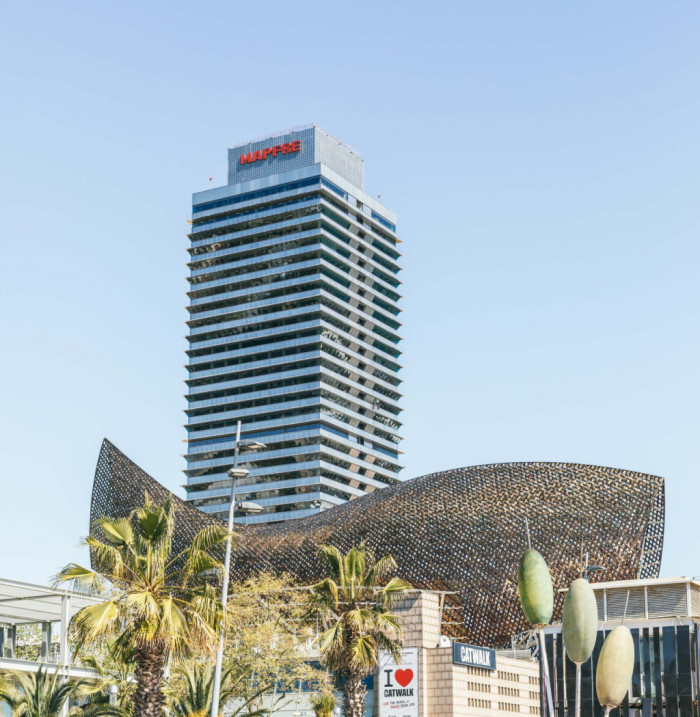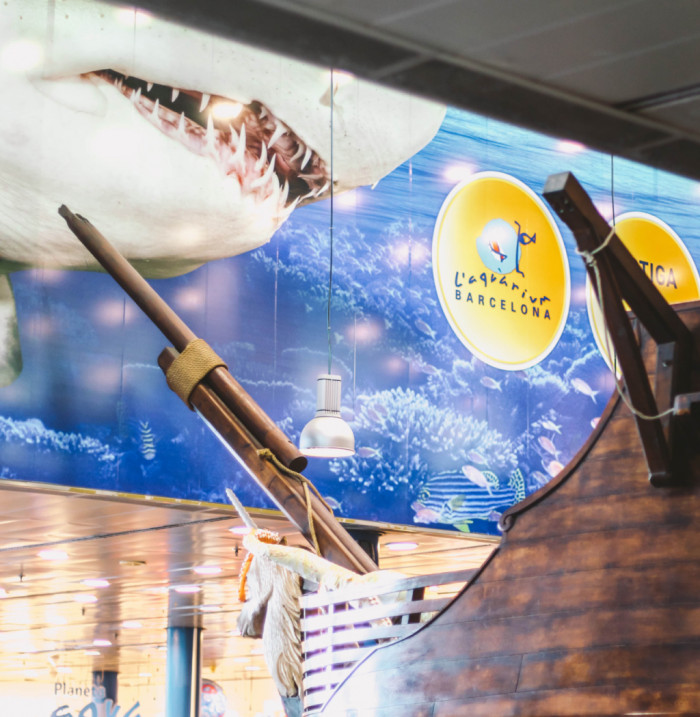- Open Air
- Leisure
- Sport
Residential village that allowed Barcelona to open up to the sea.
Metro: L4 (Yellow) - Ciutadella | Vila Olímpica
The 1986 designation of Barcelona as the host of the 1992 Olympic Games gave rise to the city’s second-most-recent transformation. It took place largely atop the mountain of Montjuïc, and particularly in the Poblenou district. Abandoned factories were demolished, tenements torn down, and the city opened up to the sea. Until that time, the entire area was part of the industrial complex of Poblenou, and was largely a shantytown. The overhaul was carried out by a team of architects made up of Josep Martorell, Oriol Bohigas, David Mackay, and Albert Puigdomènech, who developed a new neighborhood following a basic grid layout similar to that found in the Eixample.
For the duration of the Olympics, the neighborhood served as the official residence for participating athletes; and the name stuck. All told, the development brought new life and vigor to a historically run-down area. From the beginning, the site was conceived as a space of quality housing, public green spaces, and wide sprawling avenues oriented towards the coast. The redesign also created new public beaches, like Bogatell, Nova Icària, and Mar Bella. Over time, the area gradually transformed into one of the city’s most vibrant entertainment zones, with newly constructed bars, restaurants, and seaside snack bars, all concentrated in a new tourist-friendly part of the city.
Other constructions that went up at the same time were the complex of buildings comprised of the Arts Hotel and the Mapfre Tower, whose astounding 505-foot height forever changed the city skyline. Frank Gehry’s monumental sculpture, Fish, the Maremagnum shopping center, and the restoration of the city’s seafront in Barceloneta cemented the total transformation of the district. And this area’s steady rate of change has continued into the 21st century; today it’s not just a commercial and entertainment district, but also a great place to call home.



